|
Norther Flicker, yellow-shafted, over Higbee Beach during the sunrise bird count, October 15, 2021. For Part 2, we are still in Cape May, New Jersey, this time catching the sunrise bird count at Higbee Beach, where there is a two story viewing platform and a raised berm between the beach and the inland understory. After a midday visit to the annual Audubon Festival, we tour the salt marsh in the afternoon. [Full disclosure: We really toured the salt march on Thursday the 14th, and the morning watch on the 15th, but I have applied some "literary license" to keep a sunrise to sunset theme, and get the high points of the trip into 4 posts.] Sunrise at Higbee Beach
Sharp-shinned HawkThe rising sun caught this Sharp-shinned Hawk cruising overhead at 7:13 am. For those of us from SE Arizona, the "Sharpie" is an unusual sighting, we see more Cooper's on the prowl. However, at Cape May, Sharp-shinned Hawks are very common. The images above and below show some key characteristics of the Sharp-shinned that distinguish it from the Cooper's. The Sharp-shinned has a squared off tail, clearly evident here, where the tail of the Cooper's is rounded. Second, the Sharp-shinned will often fly with the leading edge of the wing at or in front of the head, a characteristic not seen during flight of the Cooper's Hawk. This trip confirmed what every wildlife photographer knows, that the best images are captured in early morning or late afternoon light. The time window is narrow. It does not take long for the sun to get high in the sky. In addition, as every birder knows, activity is higher is the morning. In our case, night time migrants are scrambling for land as the sun rises, and looking for breakfast. Yellow-billed CuckooThis Yellow-billed Cuckoo was sitting on as branch waaaay in the distance in the understory, but I was able to catch a few good images. Here is the best. Yellow-billed Cuckoo's are members of the family Cuculidae, the sole family in the order Cuculiformes. Among the cuckoo species, residents of SE Arizona are most familiar with the Roadrunner. The Yellow-billed Cuckoo breeds in the eastern U.S. and parts of Mexico and winters in South America. My guess is that this bird is migrating south. They have long slender tails with bold white spots, seen here, and are commonly perched in deciduous woodlands looking for caterpillars. We were lucky to spot this bird perched in the morning light at 8:15 am. Common Yellow-throatThe Common Yellowthroat is one of our most abundant warblers, breeding throughout the U.S., living year round in the southeast U.S., and breeding in Mexico and Central America. Cape May is right at the edge of their year round territory, so this bird could be migrating, or a local catching all the fuss of the Audubon Festival and getting some breakfast to boot! Northern Flicker, Yellow-shaftedNorthern Flickers are large woodpeckers who spend most of their time on the ground eating ants and beetles. In the west we see the red-shafted subspecies, and in the east, the yellow shafted as shown in the portrait above. It is hard to catch them in flight, but at 8:30 am I caught the bird below in flight, showing his feathers. You will see flashes of yellow, the color of the feather shaft, and a white rump. The red nape is characteristic of the male. In this series of images we see a good example of intermittent flight an energy saving strategy. Small to medium sized birds will employ flap-bounding, consisting of active flapping to gain altitude followed by brief "bounds" when the wings are flexed against the body. Mathematical models suggest that flap-bounding offers savings in energy expenditure during fast flight at maximum range speed or faster. The wings when flexed will maintain some lift. Flap-bounding becomes less efficient as the bird's body mass increases, hence we see it more commonly in small to medium sized birds. The alternative strategy is Flap-gliding which is more efficient at slow to intermediate speeds. (Reference: Lovett and Fitzpatrick, The Cornell Lab of Ornithology Handbook of Bird Biology, Third Edition, 2016, pp. 161-162). This bird was in a hurry to get somewhere, and calling at the same time. The yellow feather shafts and white rump are quite evident in this series. The bird in the images that follow are likely a different Northern Flicker flying toward me, in the direction of the Delaware Bay, employing the Flap-bound strategy. The "bound" looks like he is riding a boogie board in the air! For the photo geeks: October 14, 2021, 8:45 am. Canon R5 with RF 100-500 lens at 500 mm., f/7.1, 1/2000 second (faster would have been better), ISO 1000, shot at + 1 1/3 stops to the right (1 1/3 EV) to compensate for the bright milky sky. OspreyIn the first post of this series, we saw an Osprey do battle with a Bald Eagle over a fish. The eagle got the fish, no big surprise. Here we see another Osprey carrying a fish in typical head first position, likely a preference to reduce drag in flight. Ospreys are widespread throughout North America, breeding in the Pacific Northwest, sections of Colorado, Wyoming, Idaho and Montana as well as sections of the east coast. Cape May is one of their prime breeding spots. They winter in the southern U.S. coastal areas, as well as coastal Mexico and Central America. They are unique among North American raptors for their diet of live fish and the ability to dive into the water as far as 3 feet deep to catch them. Swamp SparrowSwamp Sparrows breed in central and eastern Canada and winter in the U.S. south of the Middle Atlantic states and east of the Mississippi River. They have a year round presence in New Jersey, so our bird here could be a migrant or a local. They live in bogs, swamps, marshes, and wet brushy meadows, making Cape May an ideal habitat. Note: most of the images above were captured from the top of the two story observation tower, which puts puts observers at the height of the upper understory, and provides a good view of the sky and horizon. Audubon FestivalOur week in Cape May coincided with New Jersey Audubon's Cape May Fall Festival, October 14th-17th. This year the festival was back in person after a hiatus in 2020 due to the pandemic. We attended a talk on sparrow identification, and perused the exhibits, with the various vendors being back in force. Next year the festival will be October 13-16, 2022. More information will be available in summer of 2022. . |
AuthorHenry Johnson, photographer and author of this site. For more detail, see About
Categories
All
Archives
July 2024
|
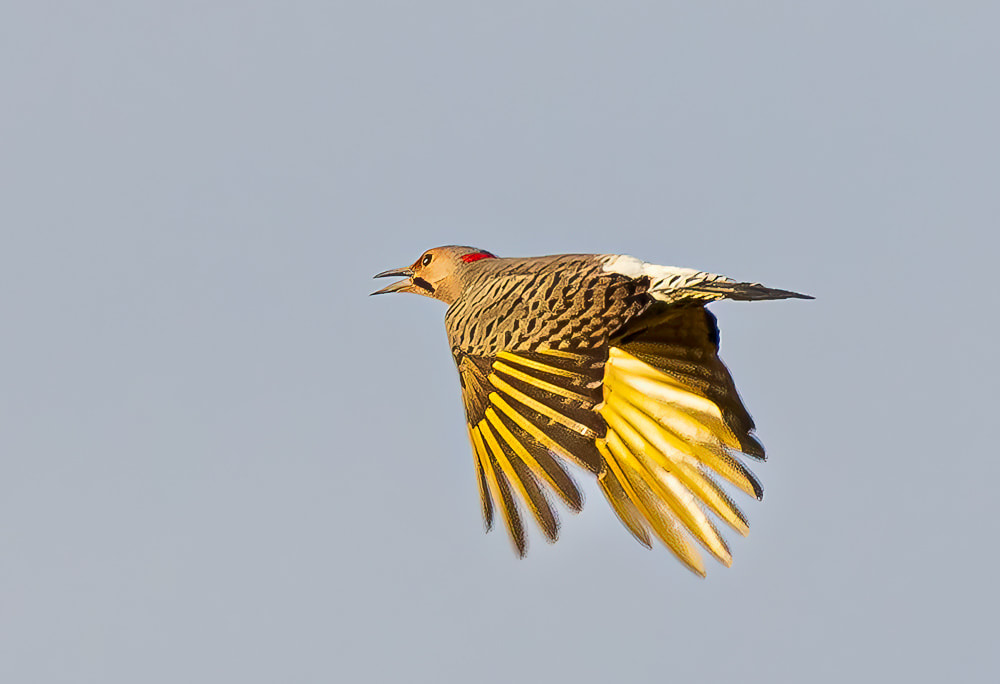

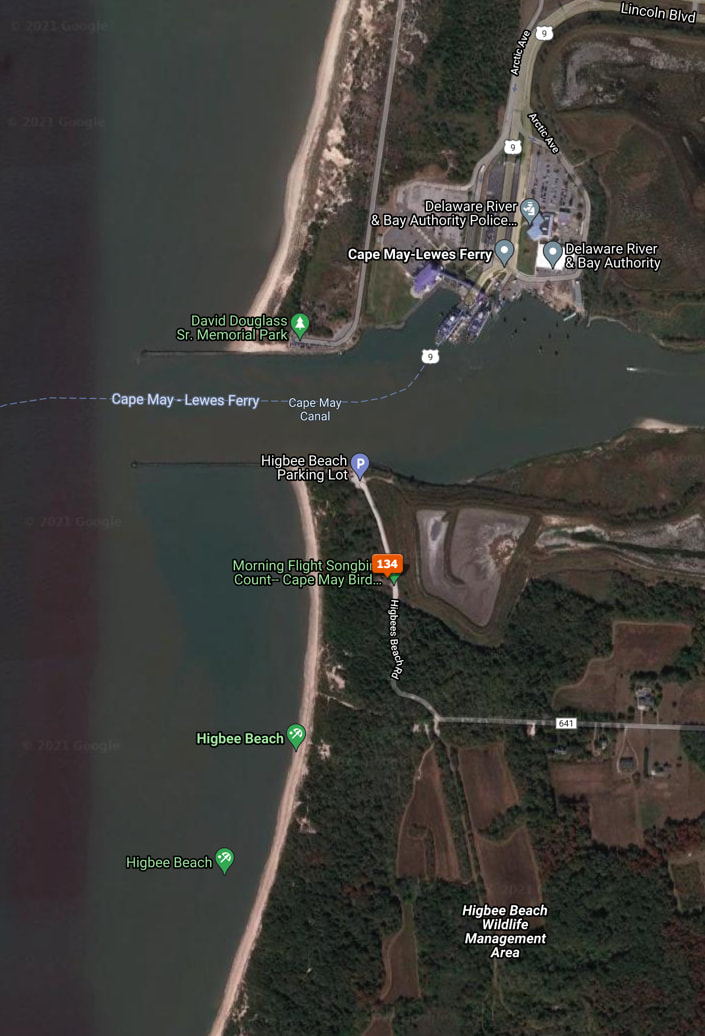
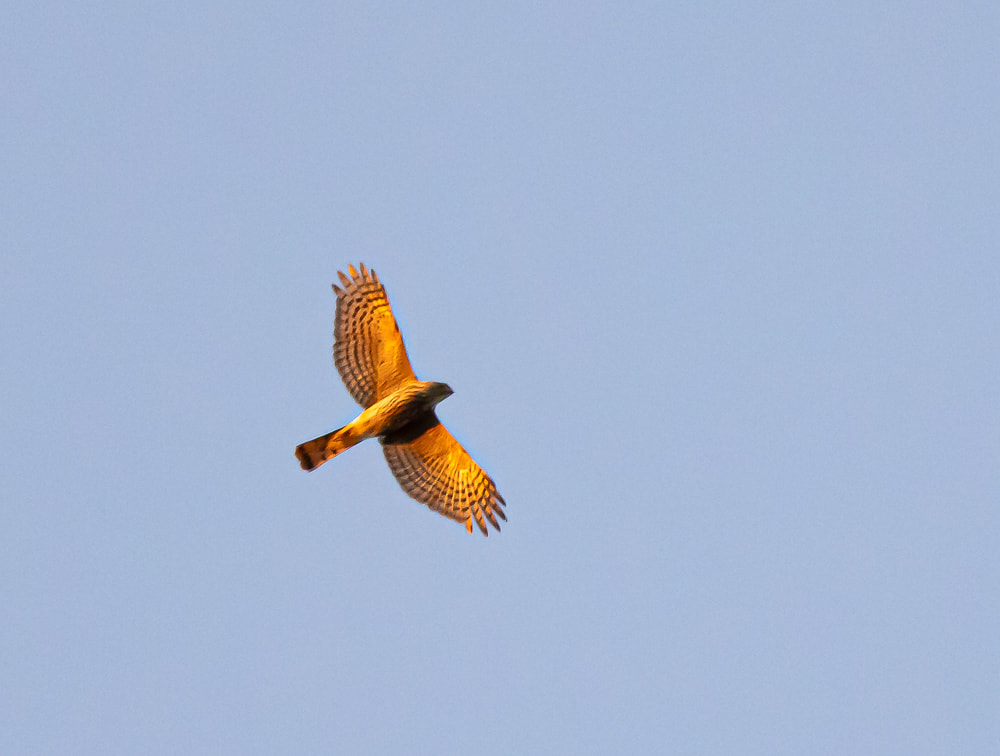
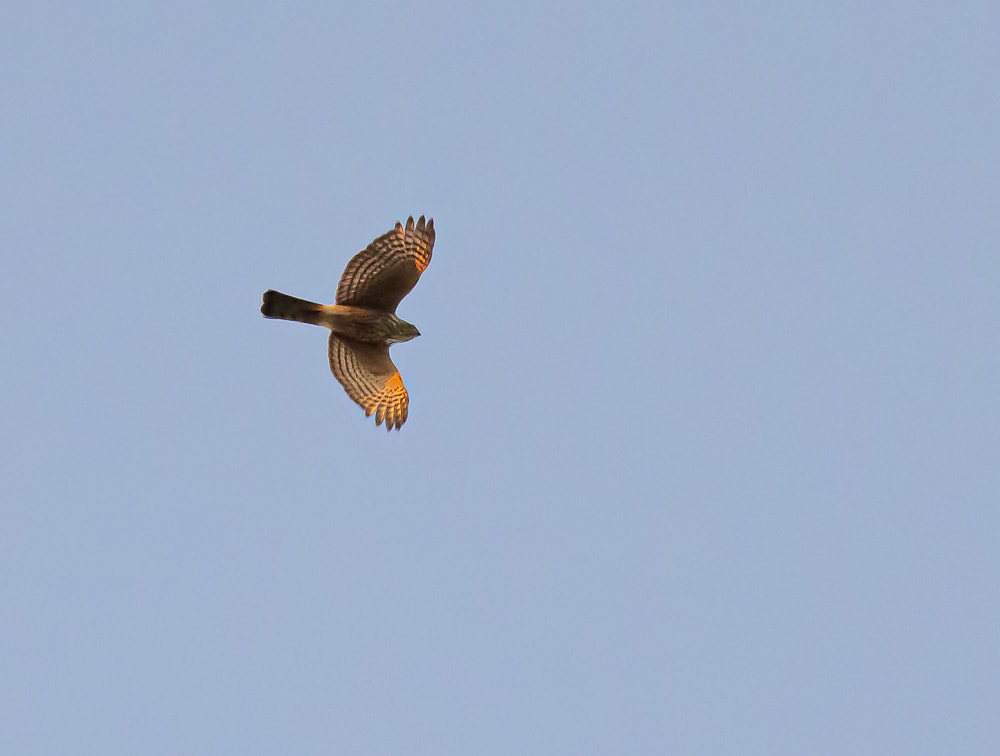
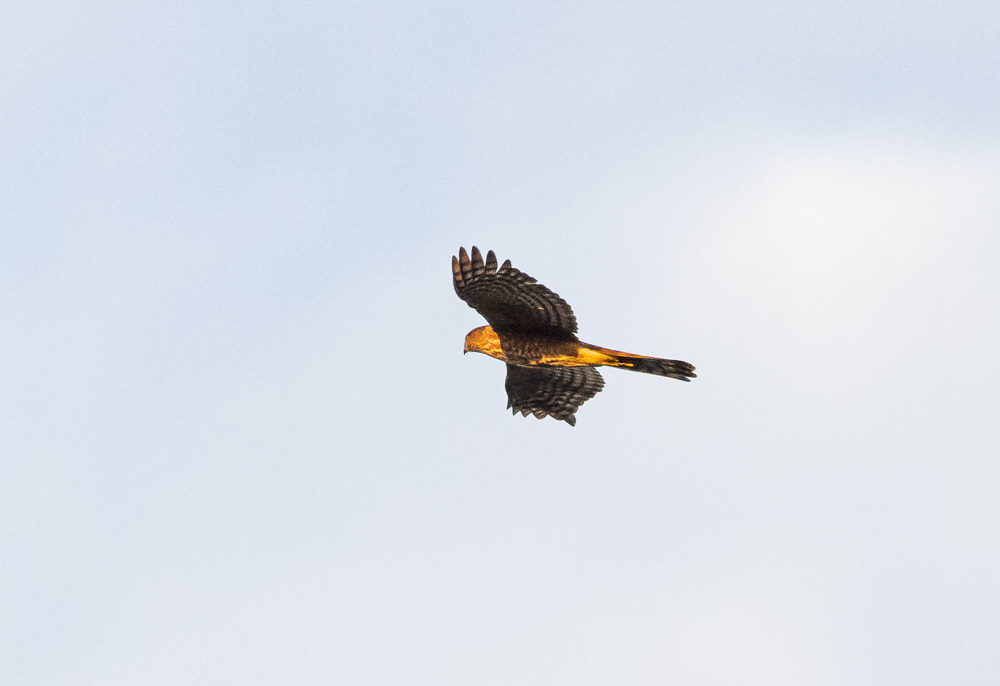
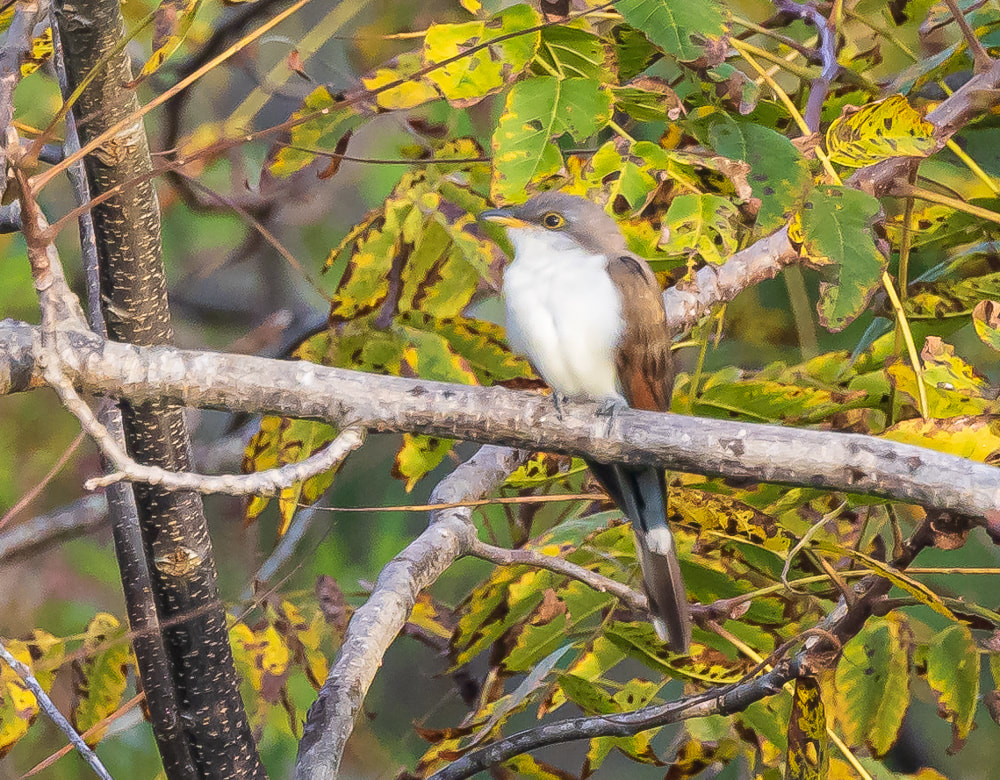

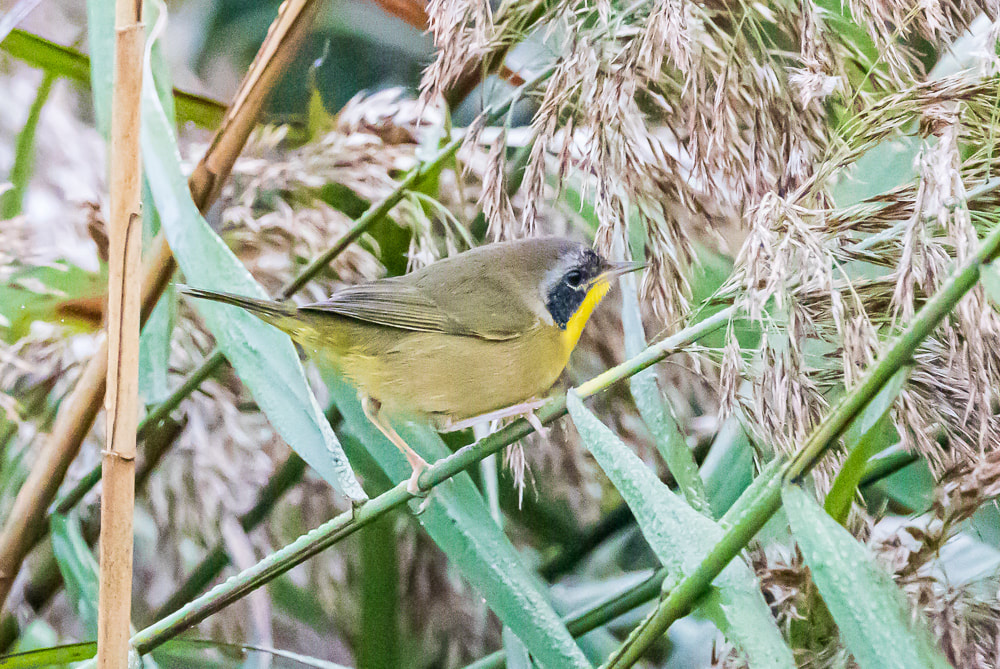

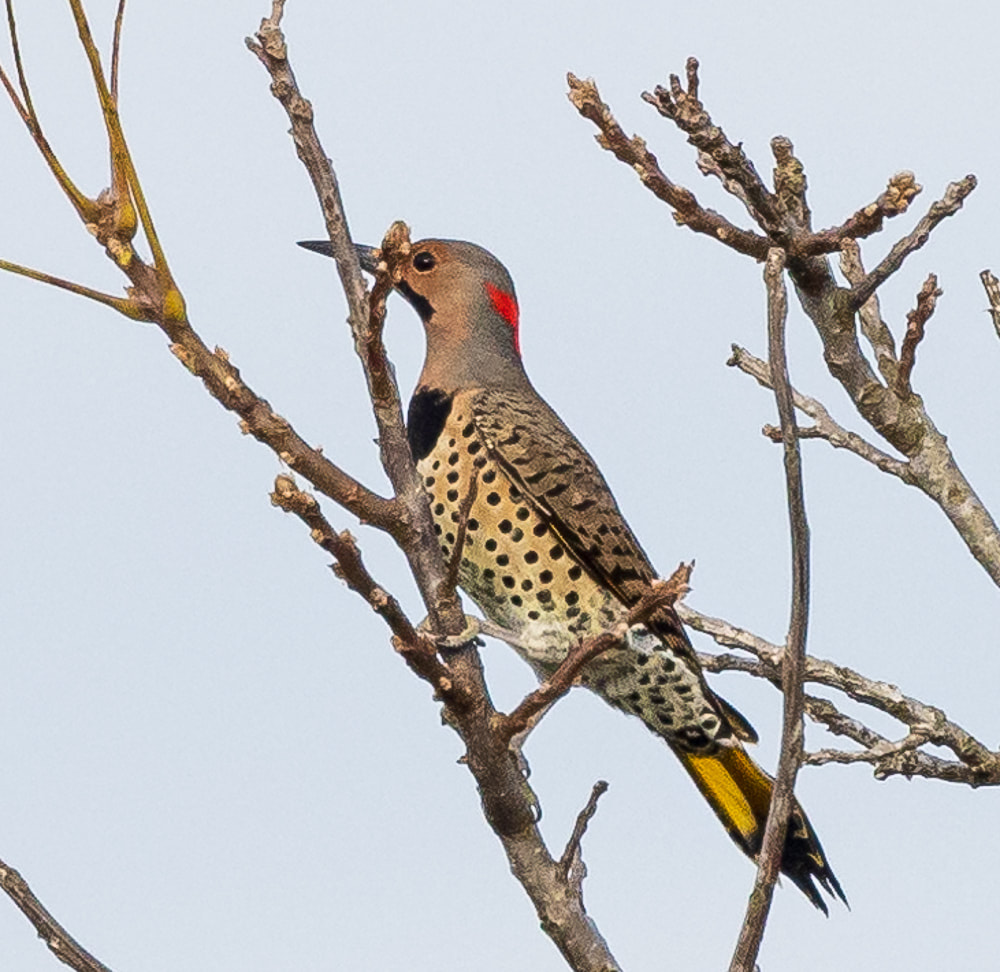
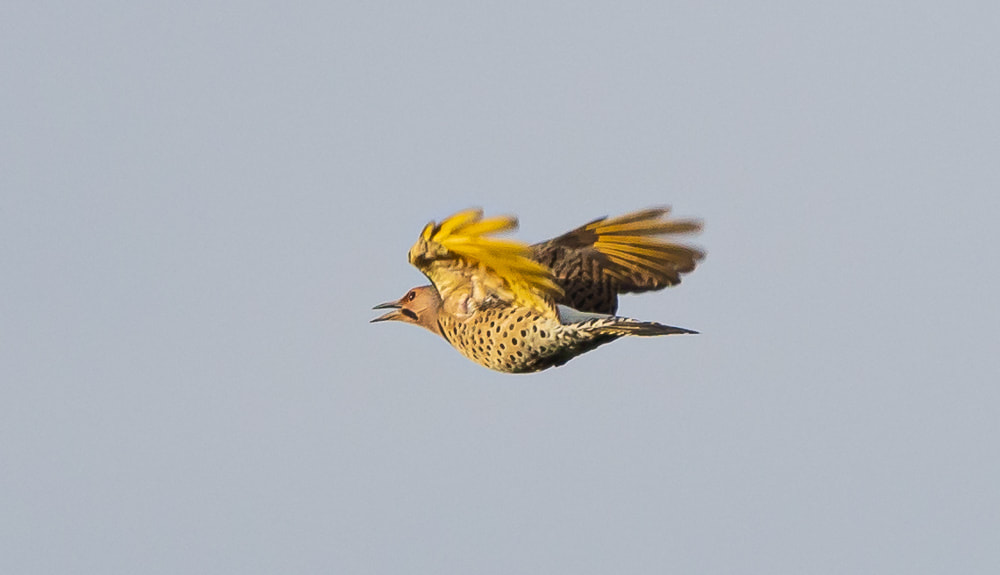

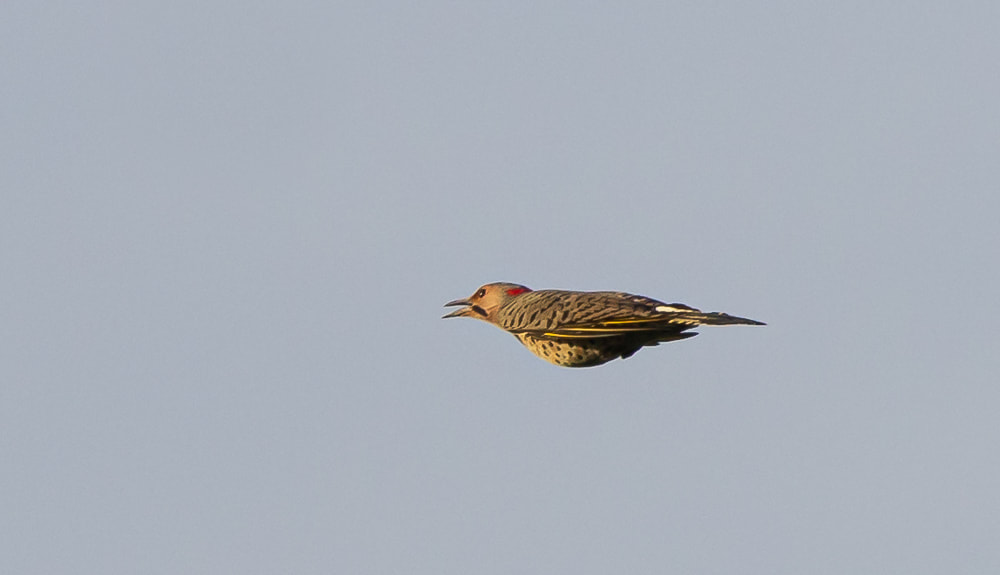
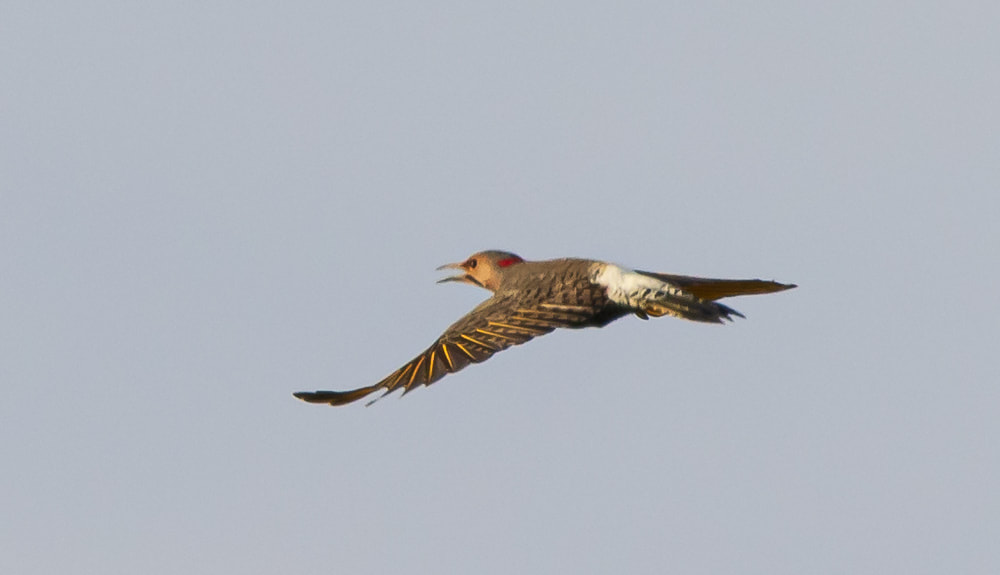
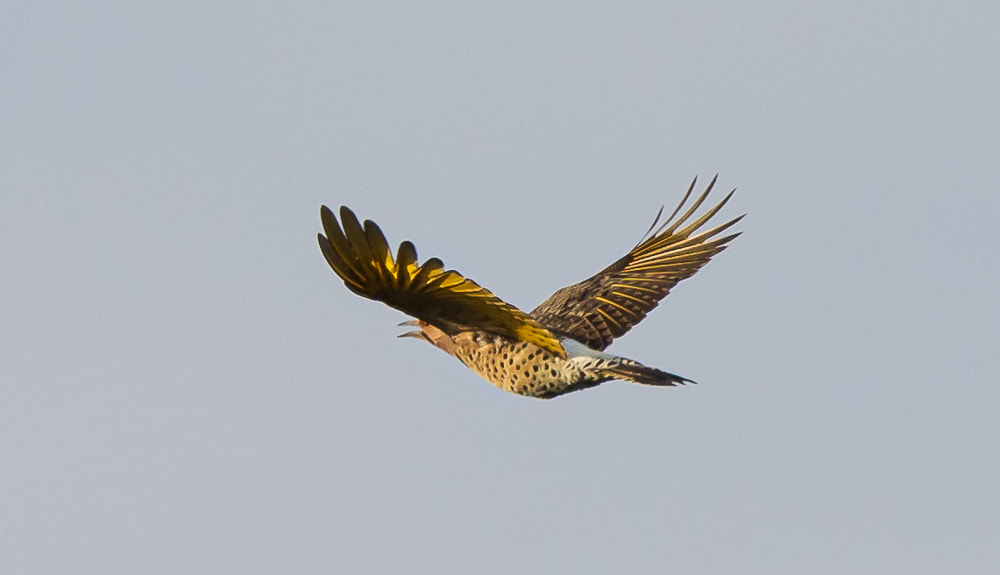

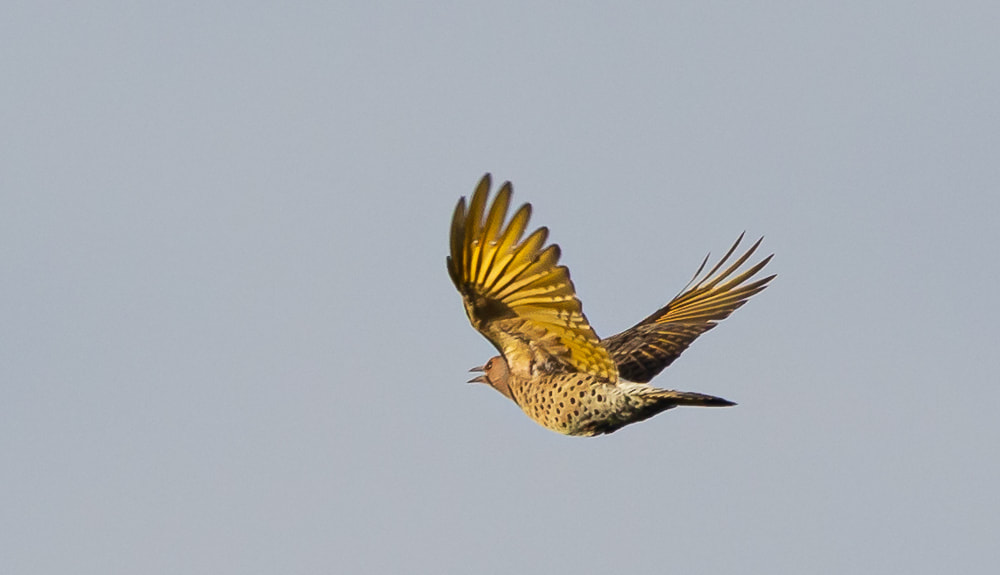
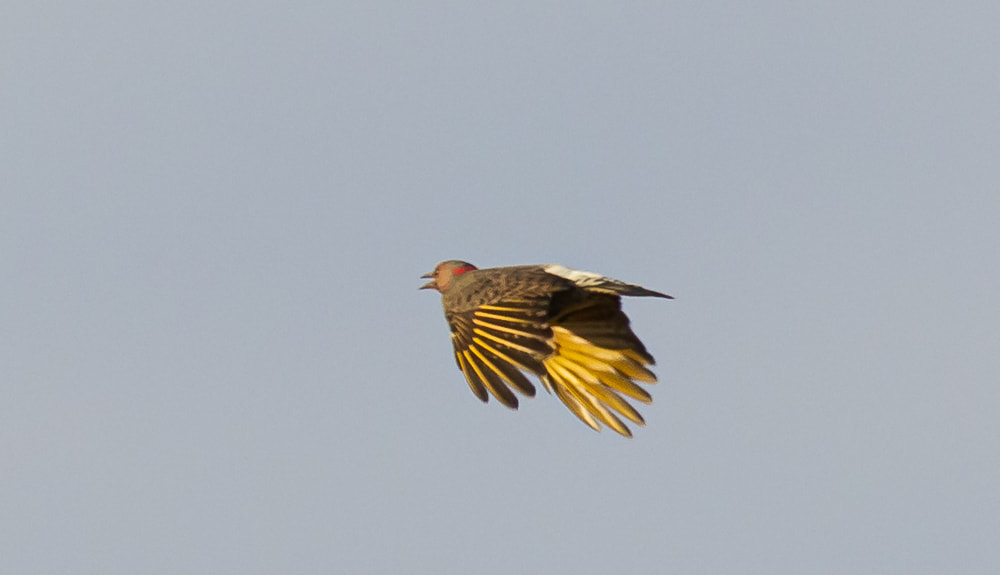
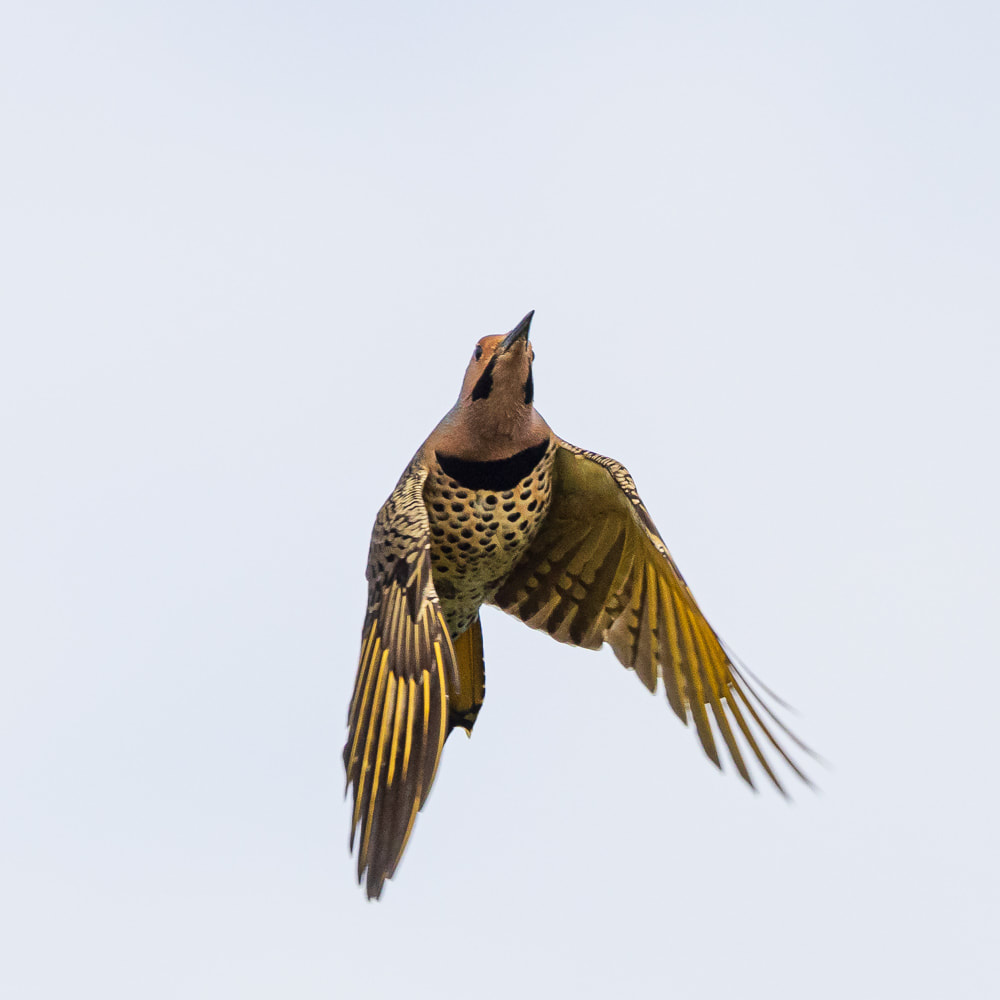

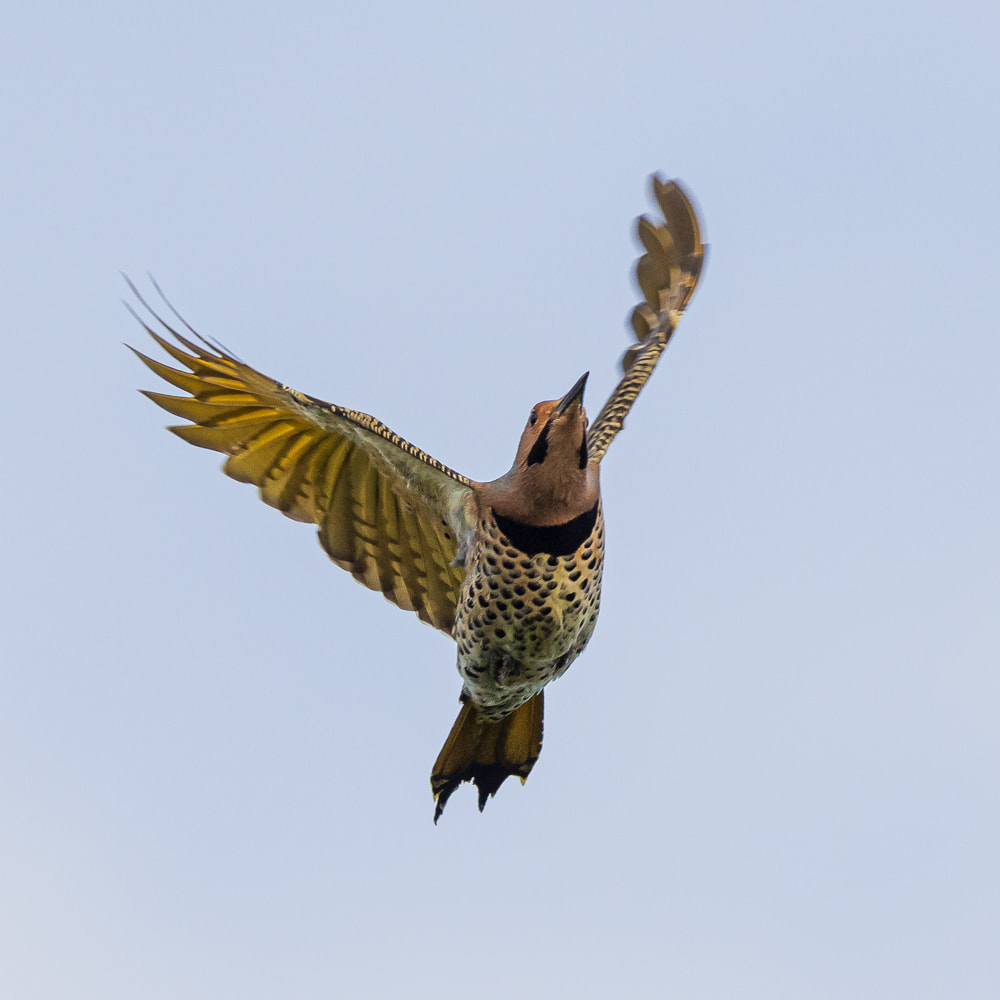
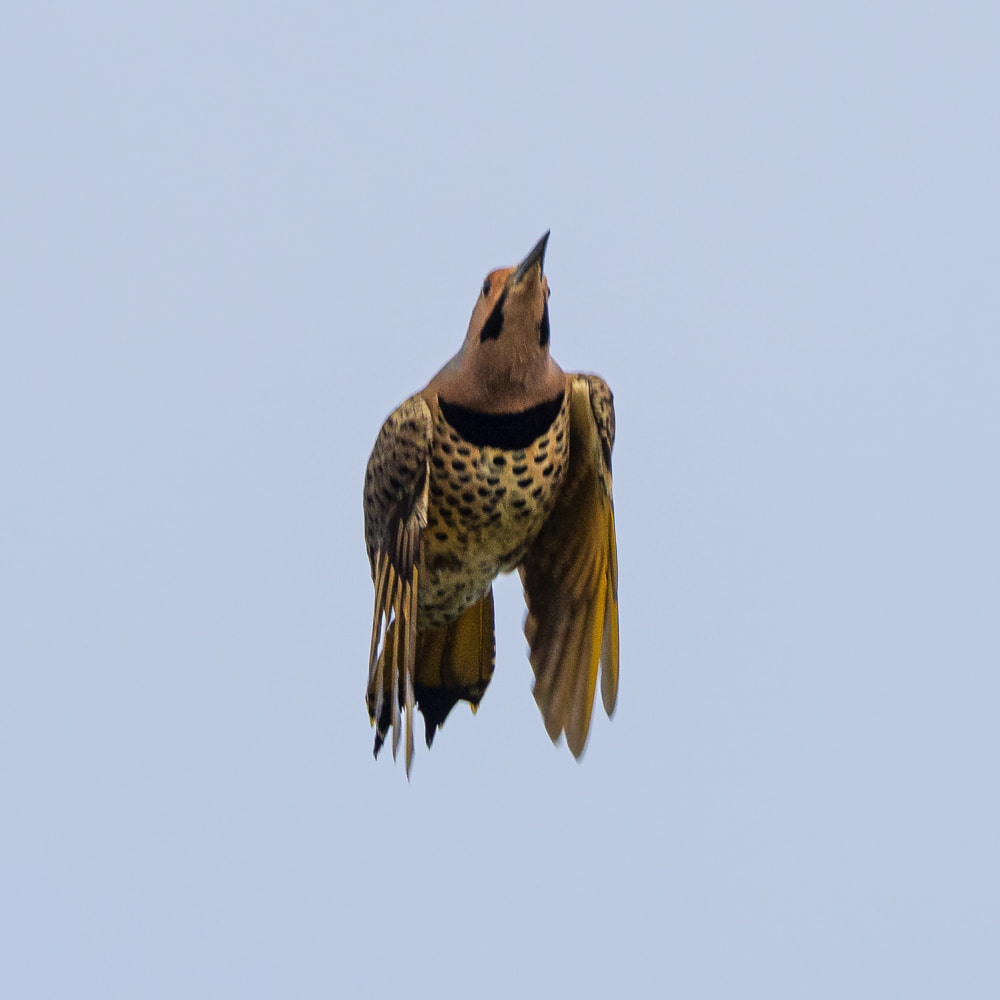
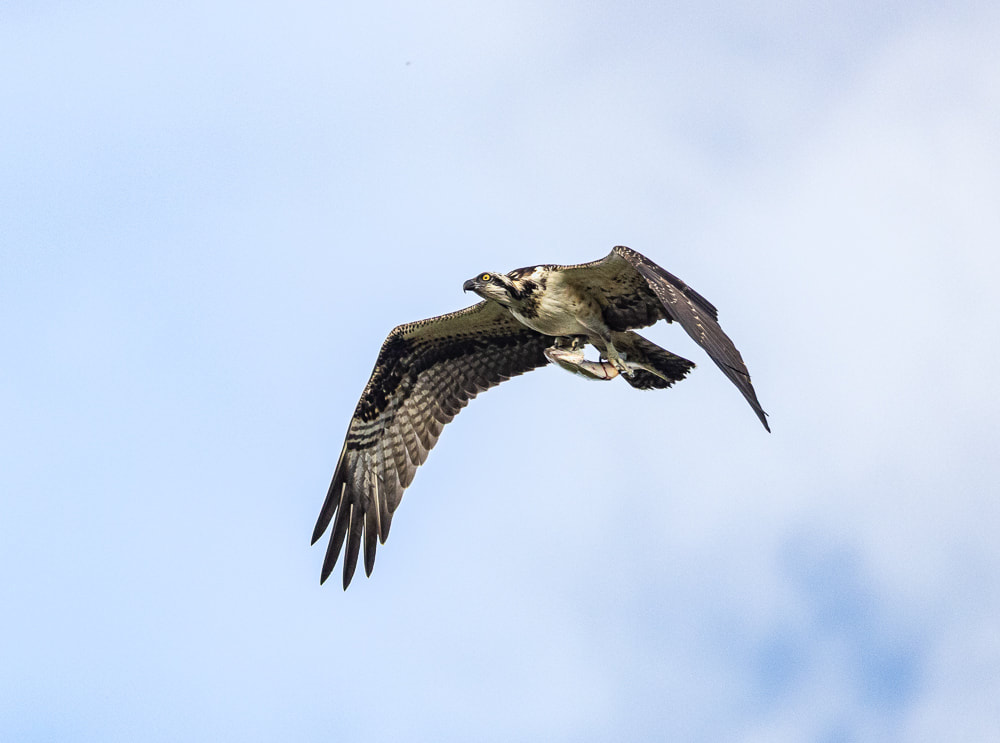
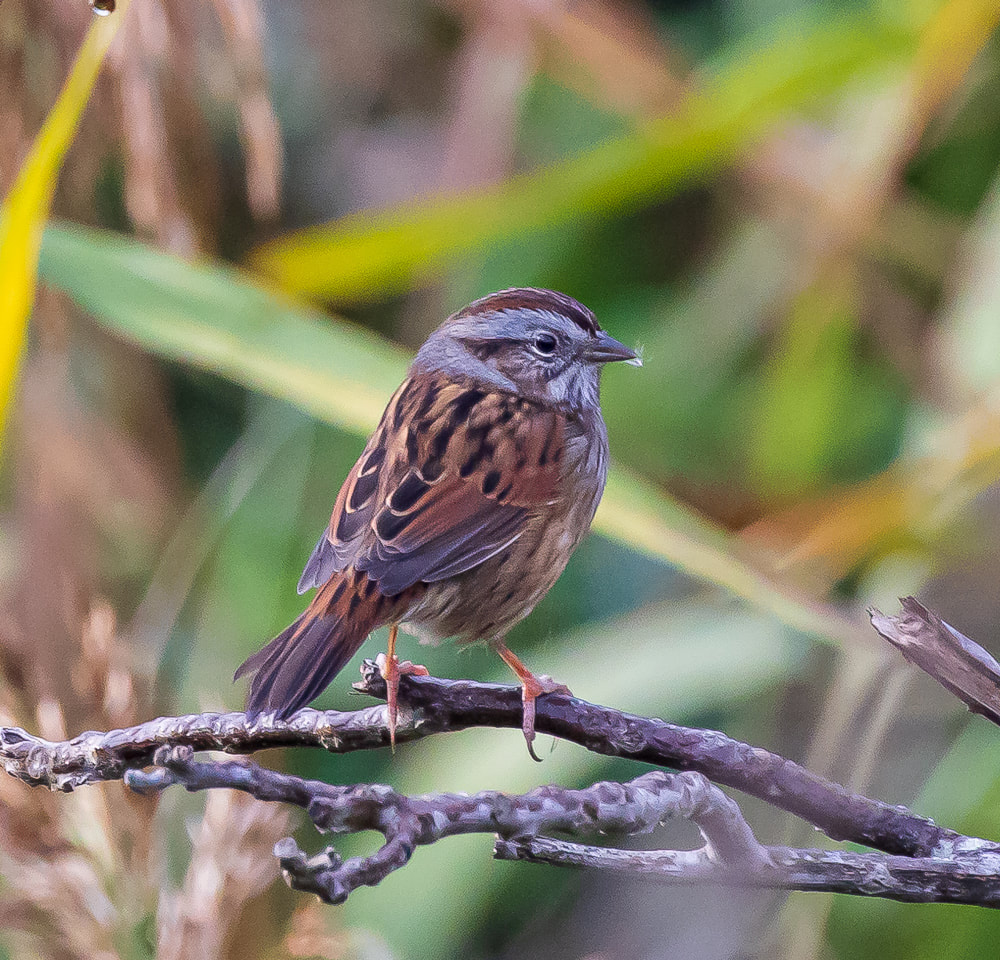
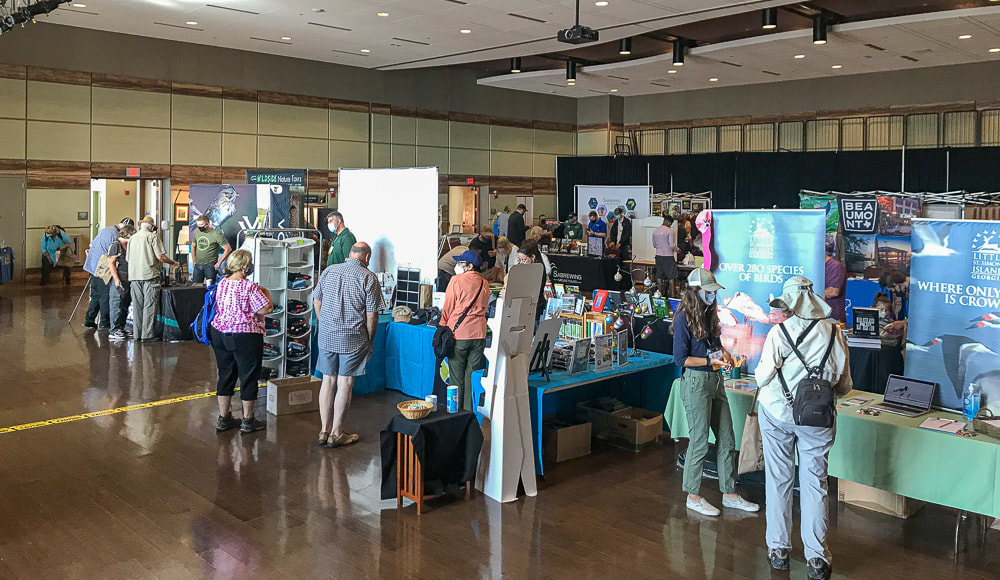
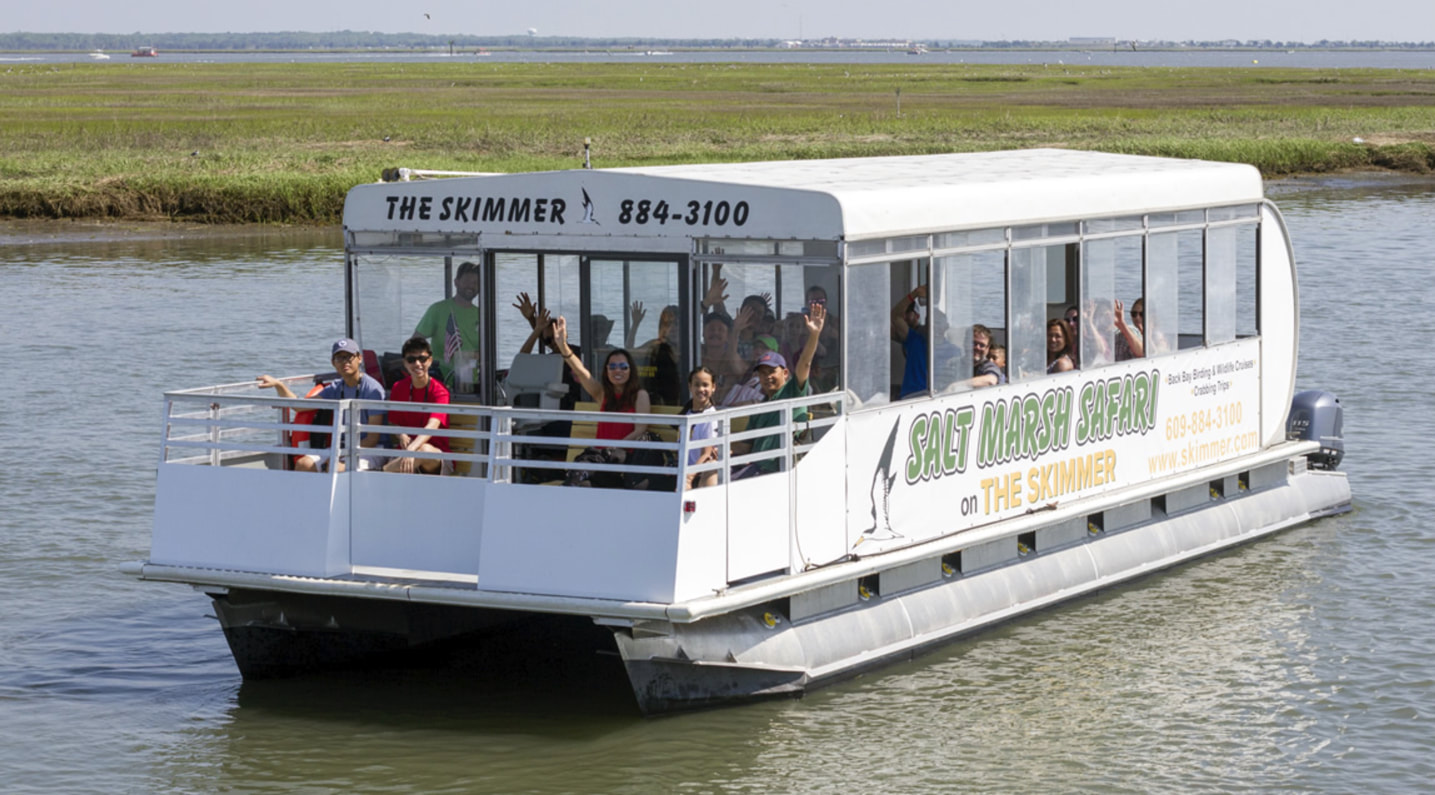

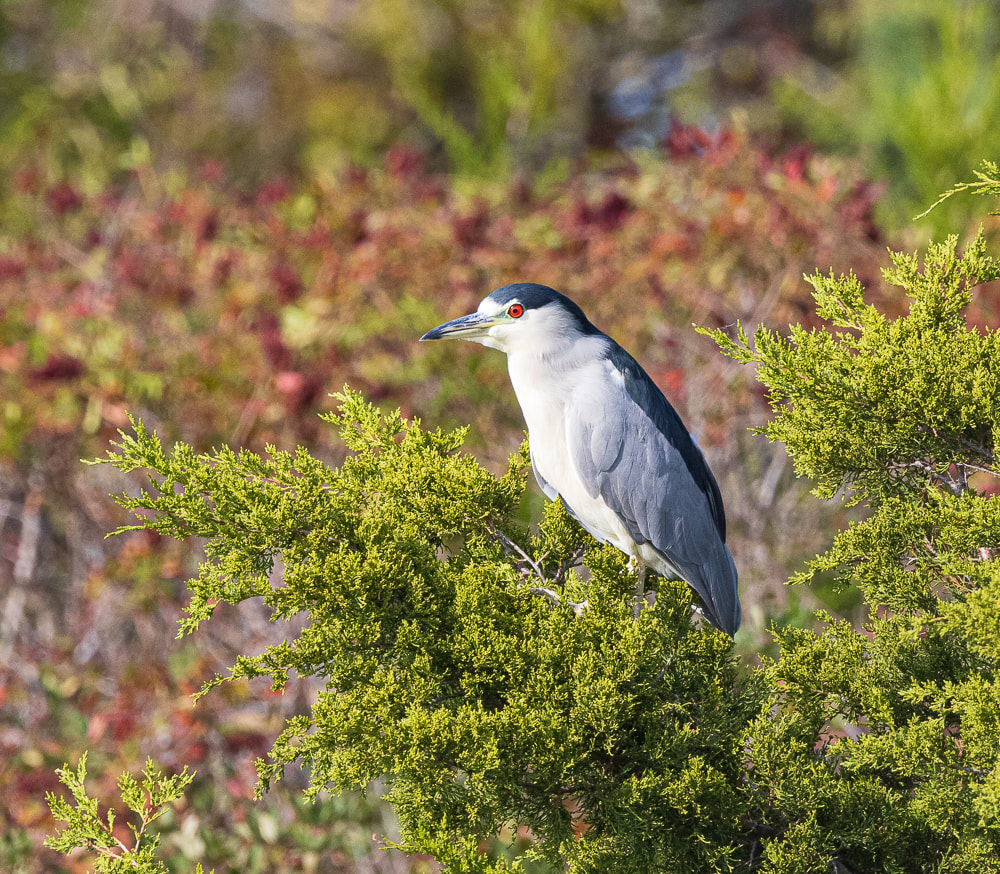
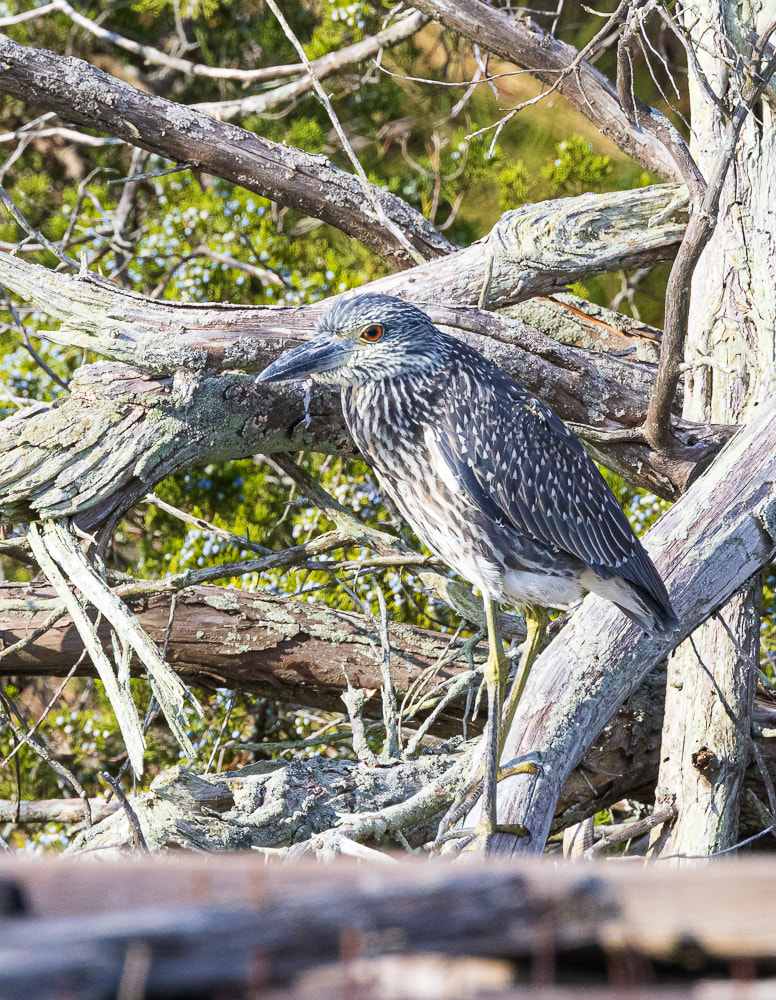
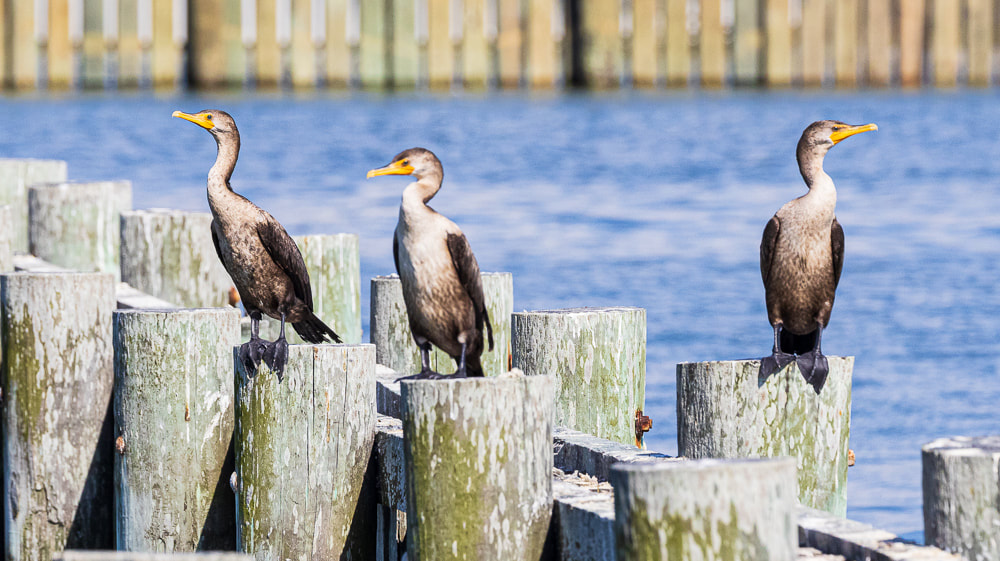
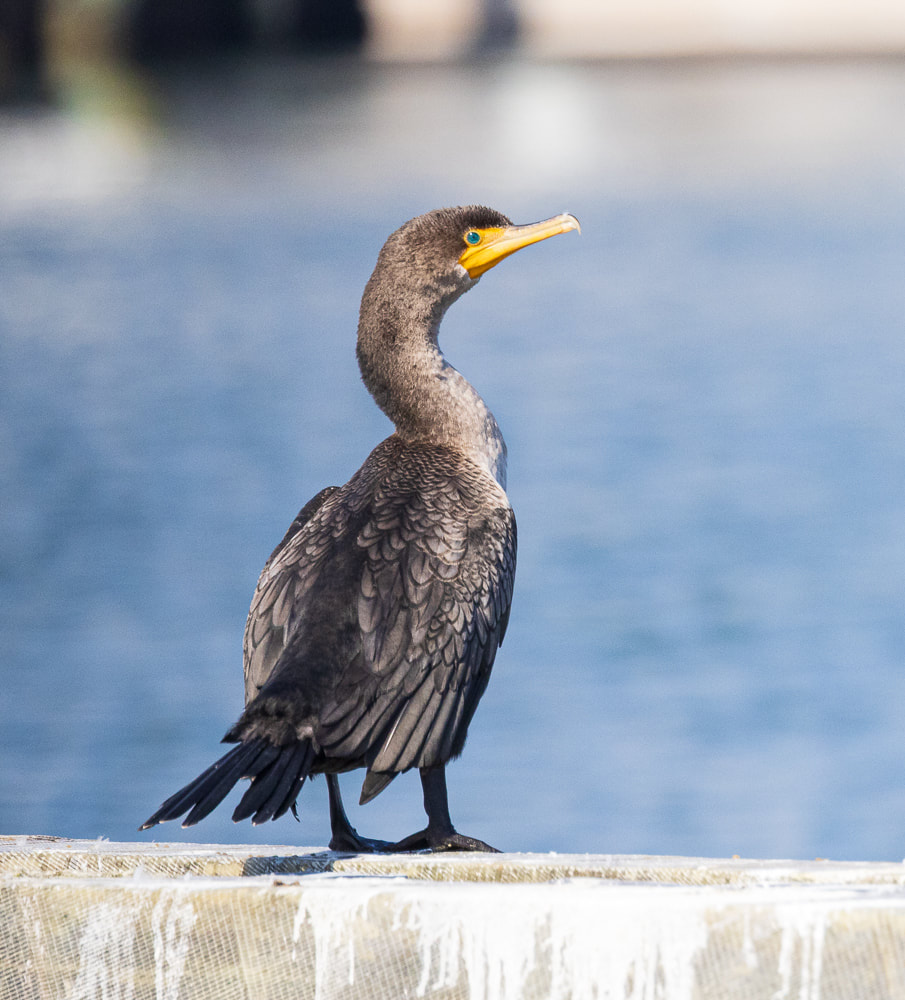
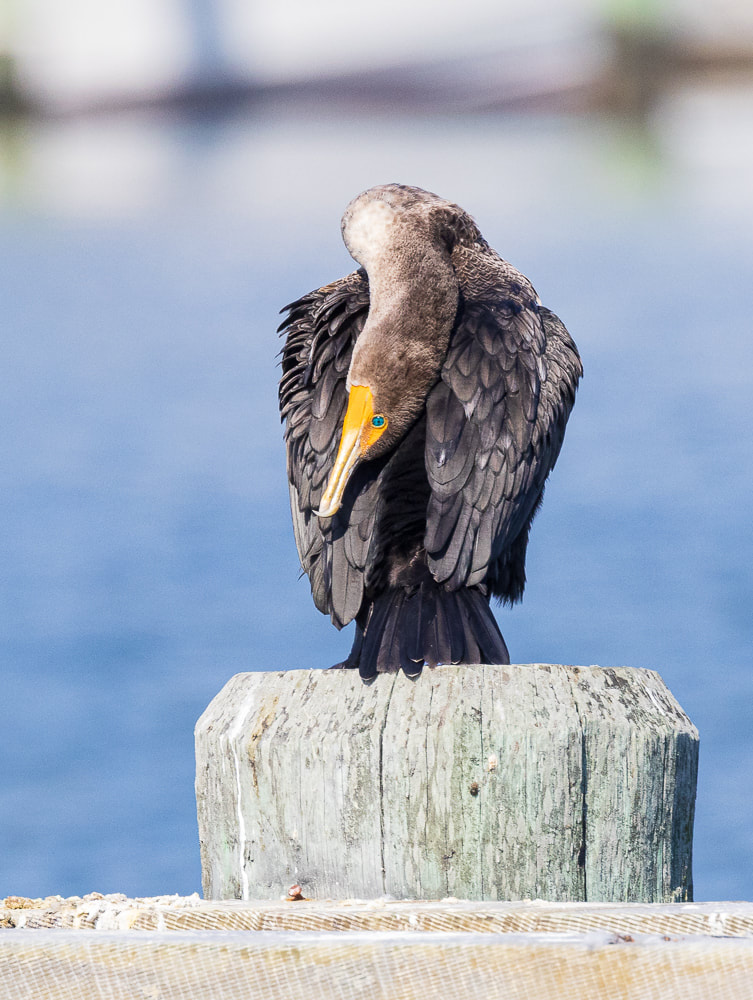
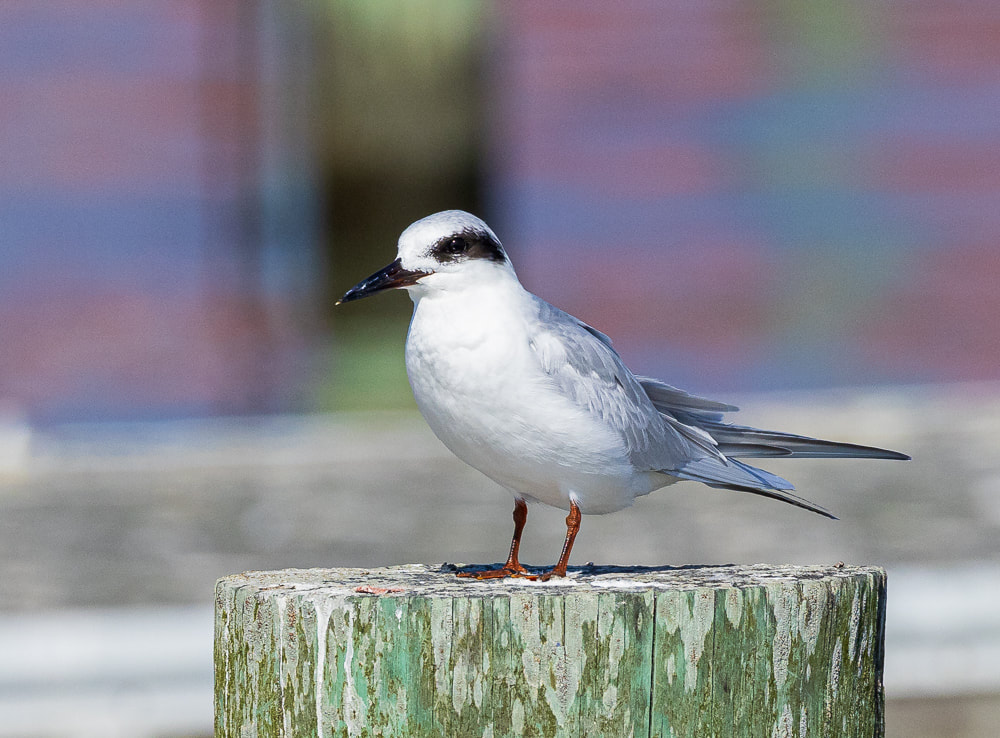
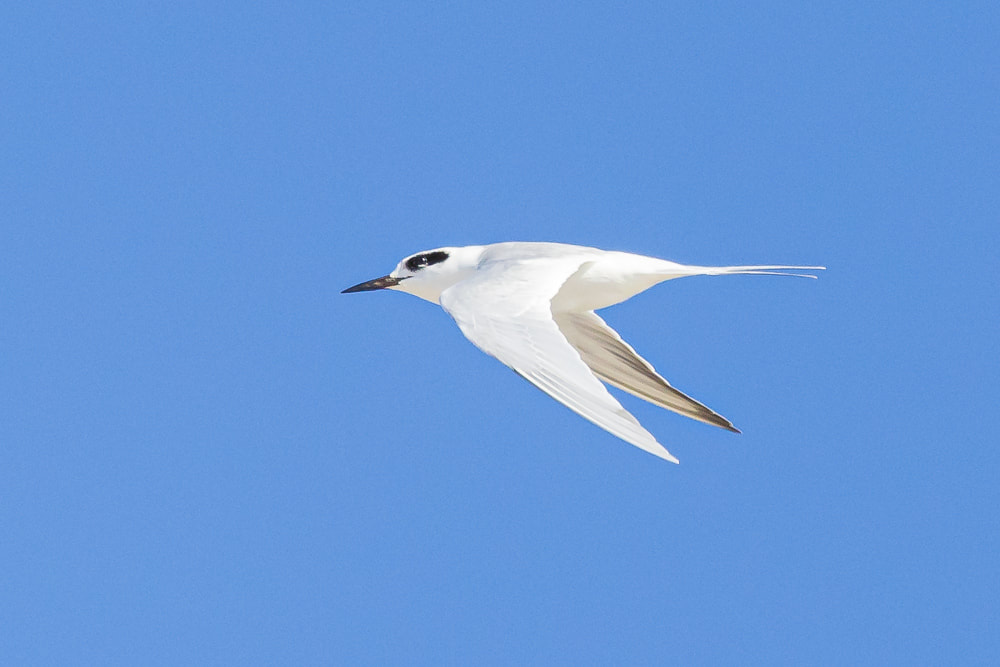
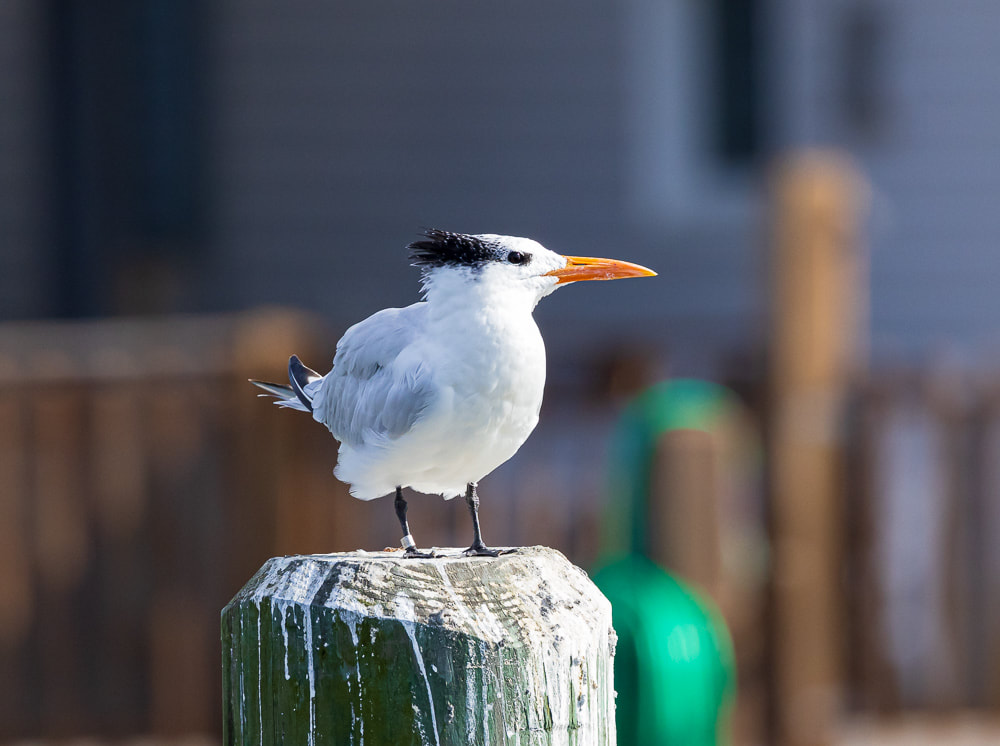
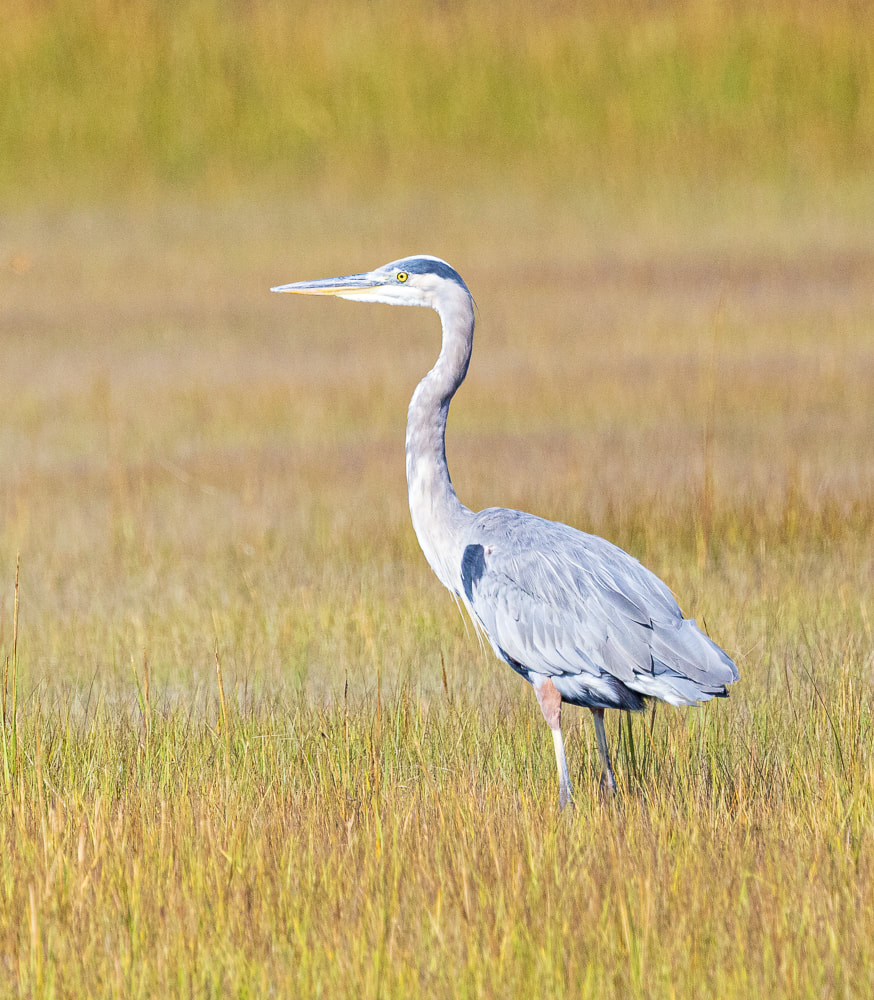

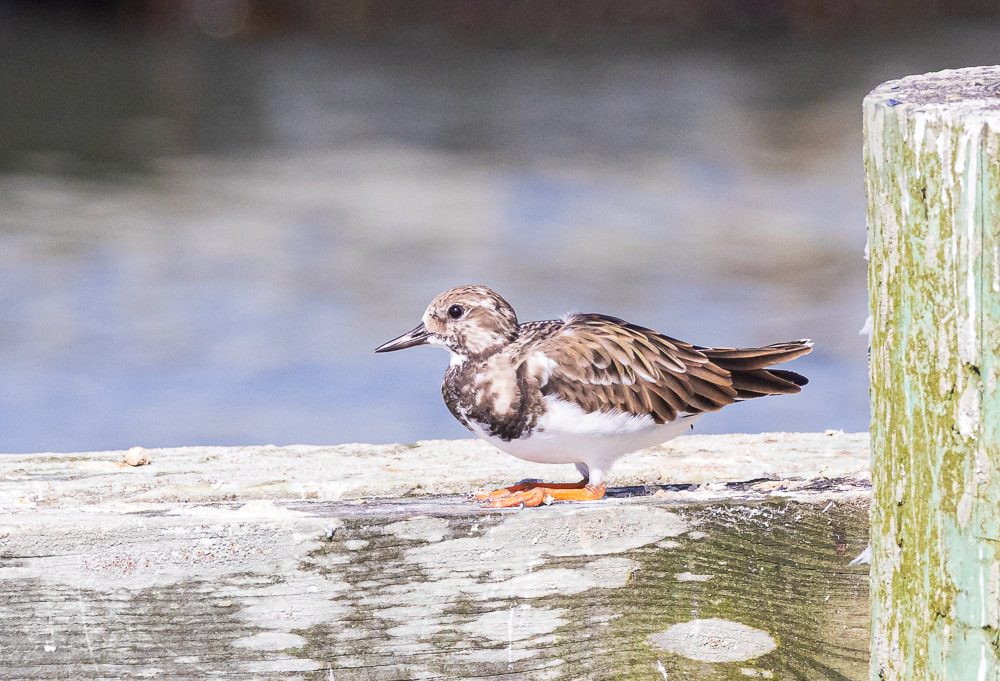
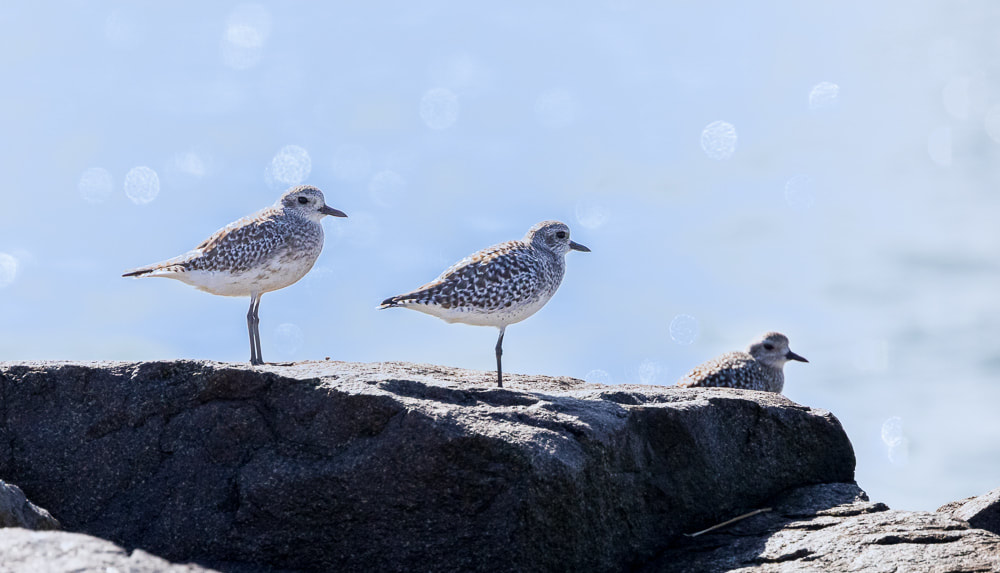
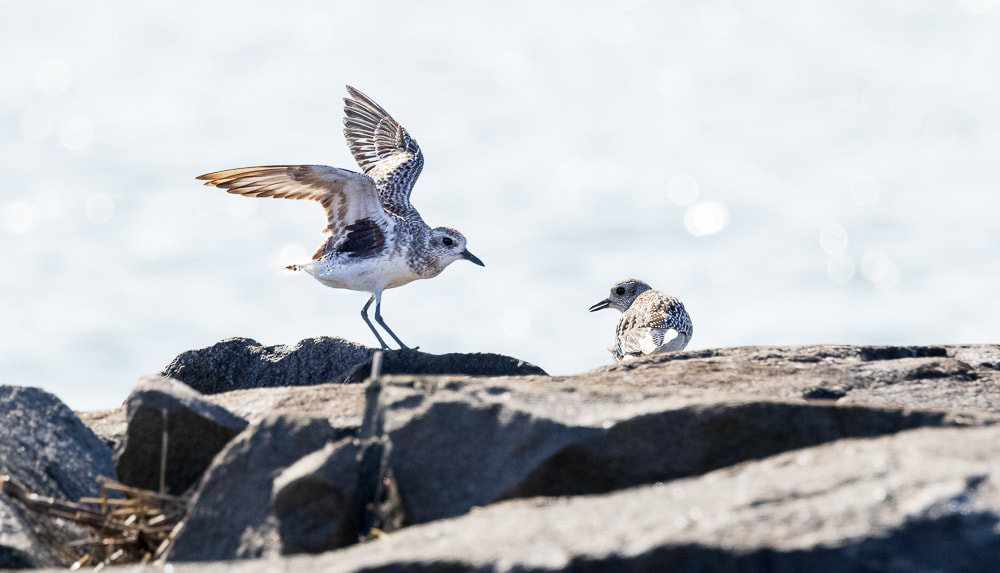
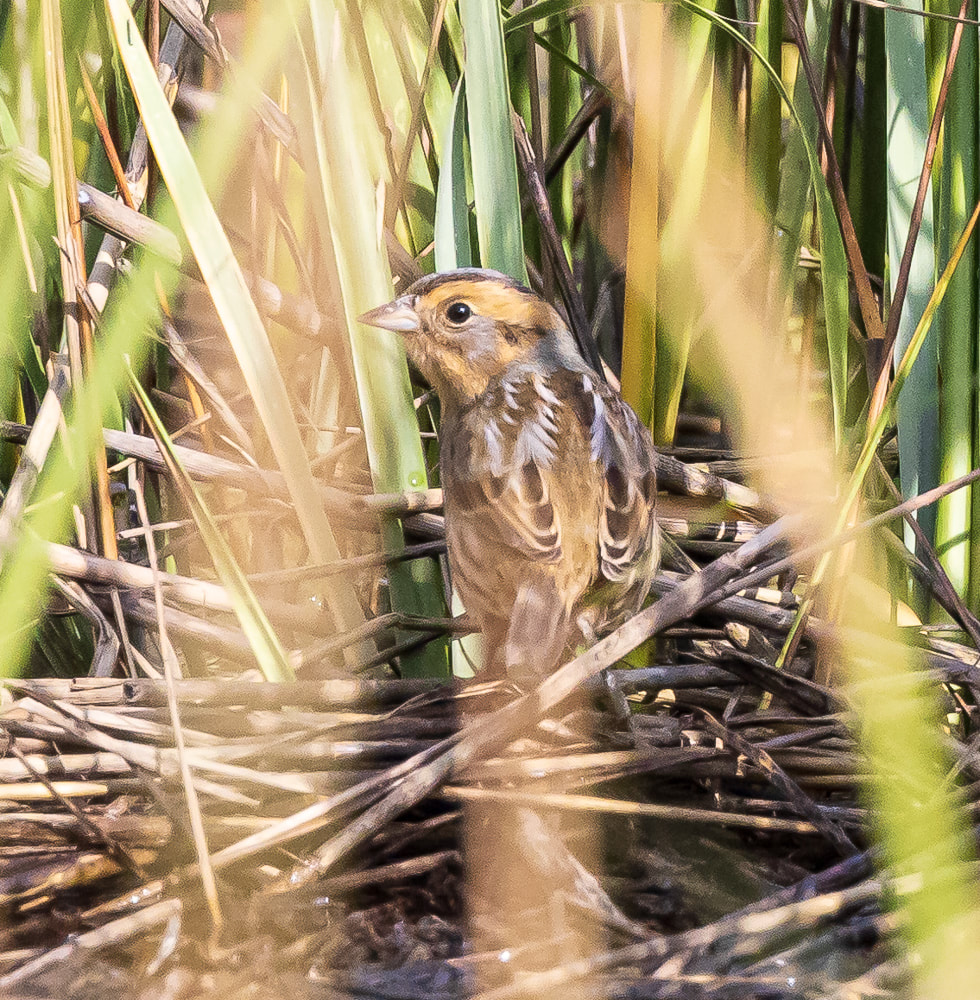
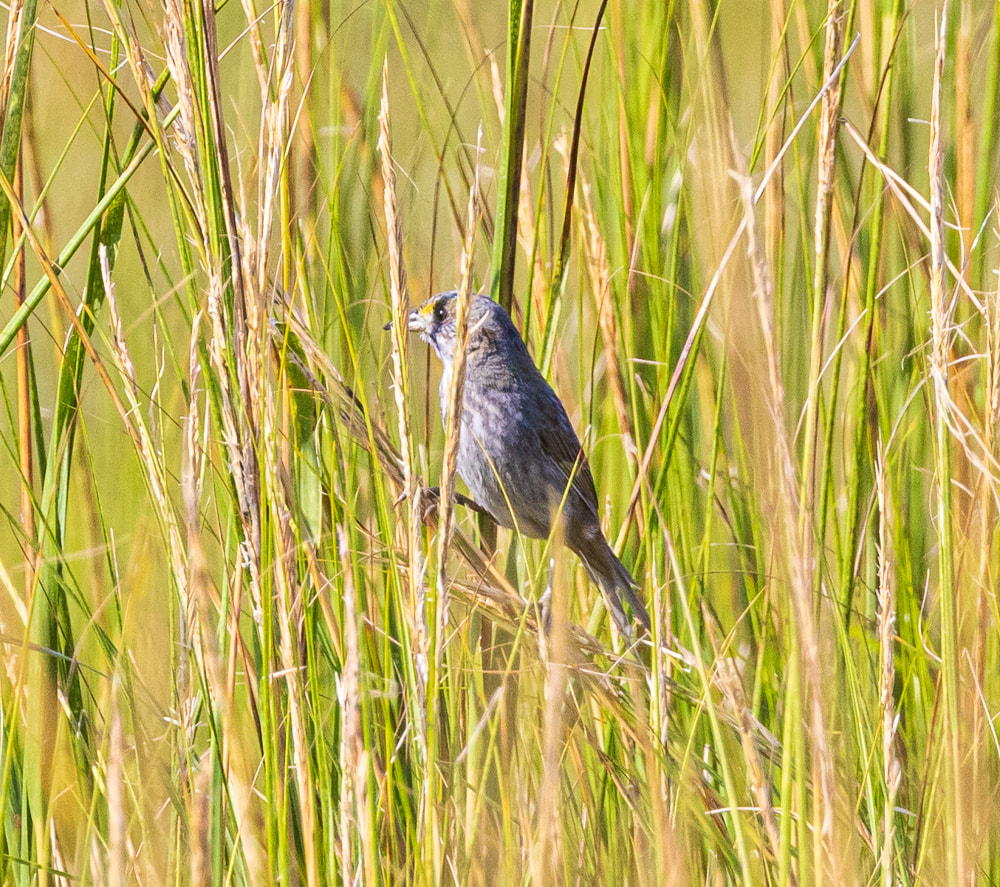
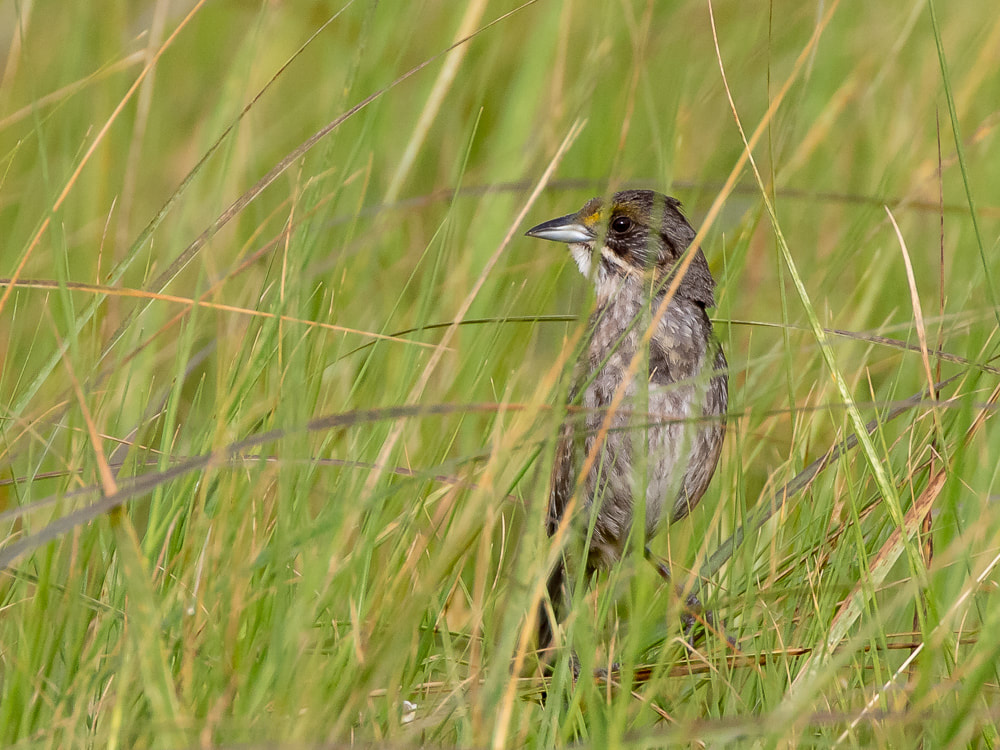
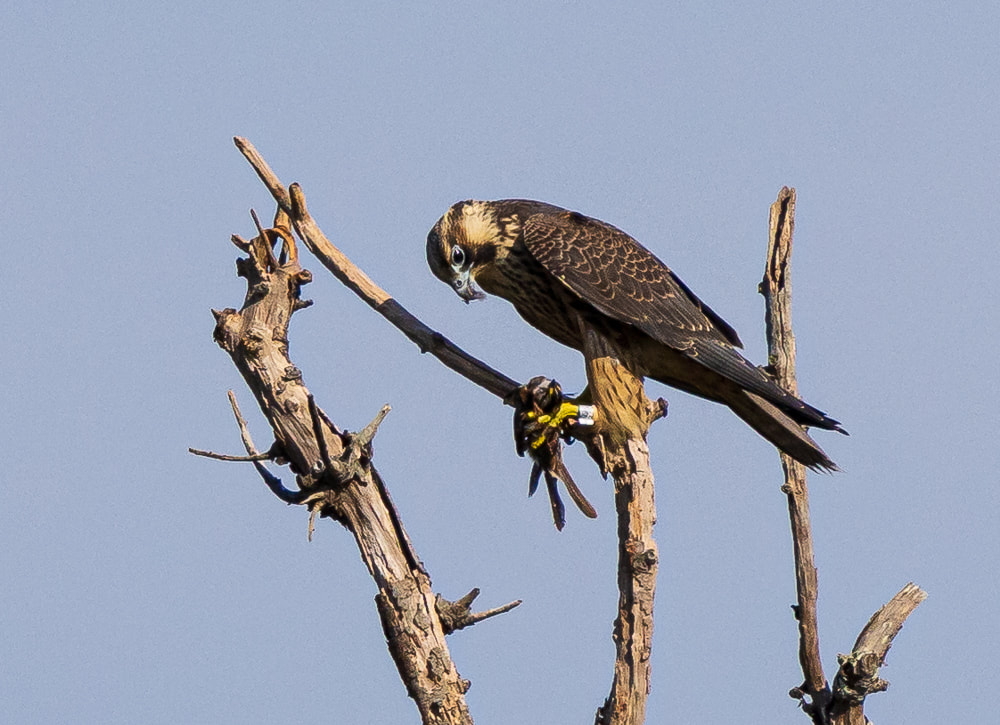
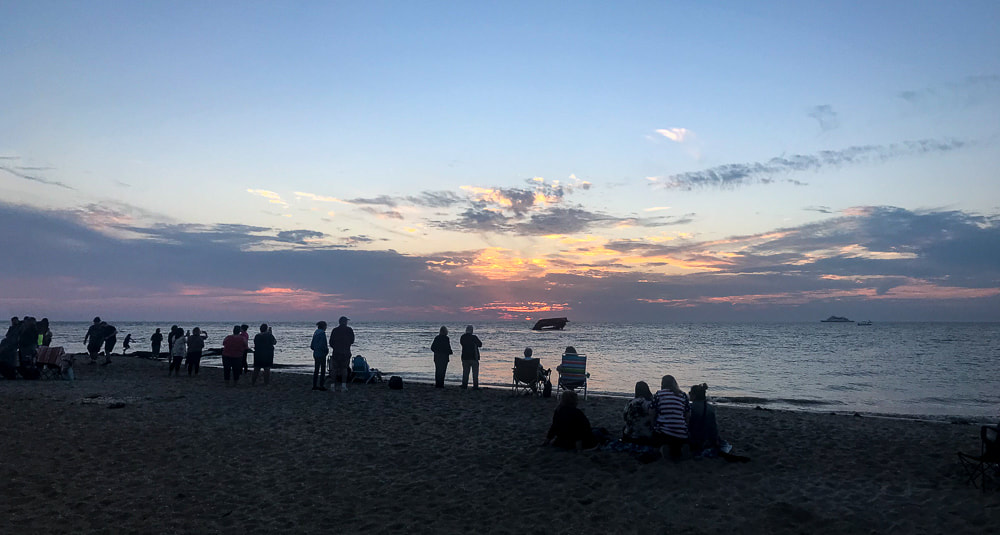
 RSS Feed
RSS Feed